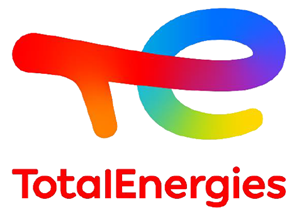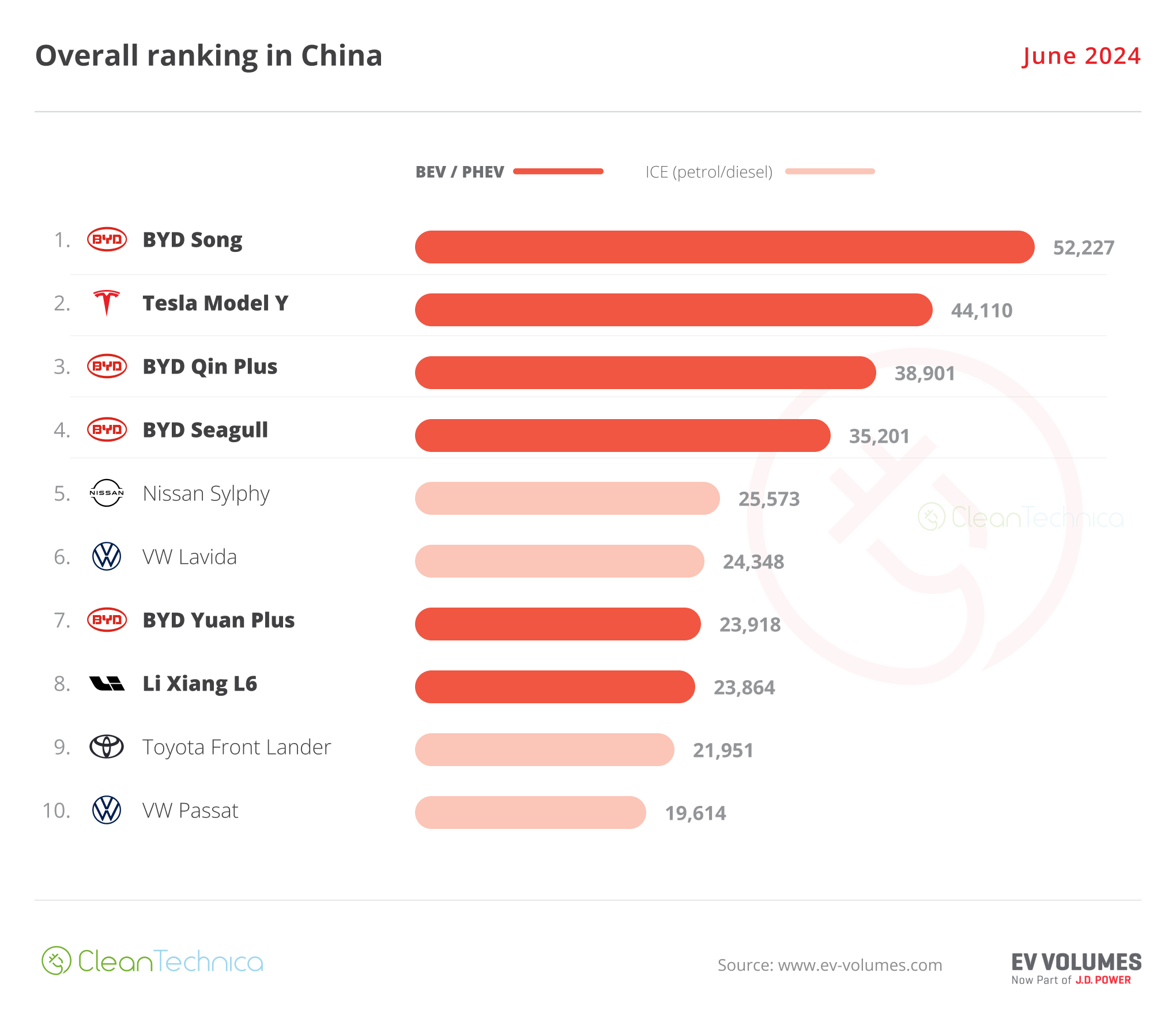Sign up for daily news updates from CleanTechnica on email. Or follow us on Google News!
Most of us have heard of the debacle that happened at Hertz when it tried to position itself as a leader in the rental car industry by being the first to offer its customers the opportunity to rent an electric car. As a writer I hold in the highest esteem said recently, it was a “saga of how some self-important Wall Street bozos totally mismanaged the Hertz campaign to make electric cars part of its fleet. In the aftermath of their idiocy, they managed to set the EV revolution in America back years. It is a classic tale of idiots with more money than brains moving fast and breaking things, thinking all the while there would be no consequences for their willful stupidity.”
But consequences there were. Customers stumbling into Hertz locations after a long day of fighting travel delays at airports only to find they were assigned an electric car to drive. No problem, right? A car is a car is a car. You get in, adjust the seat, and off you go. What’s the big deal?
The big deal, as it turns out, is that an electric car is not the same as a conventional car. You don’t put gas in it, you have to charge it. For those who have never done so before, that is a daunting task. Where do you find a charger? How do you use one? And where the heck is the charging port? Such questions may seem extraordinarily simple to those of us who drive an electric car on a regular basis, but to a bleary-eyed traveler, they are a complete mystery.
The geniuses at Hertz never understood that people driving an electric car for the first time need some orientation before they begin. To be fair, Hertz did create some videos for its electric car customers, but most people never watch them before leaving the rental lot. If you have ever rented a car at a busy airport with a crowd of people around, you will understand why not many people are going to take the time to watch one.
Those of us who own Teslas know the feeling we got when we sat in our cars for the first time and looked out over then uncluttered dashboard with nothing but a huge touchscreen in our field of vision. The Tesla ecosystem may be intuitive to those who designed it, but it is terra incognita for those who are seeing it for the first time. What is the windshield wiper stalk for most cars is the gear shift. Really? How do you adjust the mirrors? Where are the seat heaters? And where the hell is the radio? Pray it is not raining because there is no way for the neophyte to operate the wipers in a normal fashion.
I know three people who rented an electric car from Hertz, two involuntarily and one by choice. None had more than 50% battery charge when they left the rental location. One car had less than 30%. None was given any information about how an electric car operates other than the usual 3 Cs process that goes like this — See your car? See your keys? See you later! Except if you are renting a Tesla, there is no key, so the mystery begins as soon as you walk out the door.
Car and Driver has some advice for those who plan to rent an electric car, or have one dumped on them unexpectedly. Preparation is key to an electric car journey, it says. It also says it is probably best not to rent one unless you will be doing mostly local driving. It is not the best choice for a crosscountry road trip. Consider where you’ll be driving, and where and how long you’ll be stopping, before opting for an electric rental. If you only plan to drive short distances, that’s fine. But if your itinerary is complicated or not well defined, a conventional car is the better choice.
Things To Consider When Renting An Electric Car
An electric car typically has an in-dash navigation system that will guiding the driver to nearby charging stations and can build recharge stops into the journey as needed. Car and Driver recommends using a charging app such as A Better Routeplanner or PlugShare as a backup, since not all in-car nav systems have the latest information. The key is simple — plan ahead. While that may seem blindingly obvious to those who own an electric car, it is not so obvious to those who do not. Most people assume there will be a gas station when they need one. The same is decidedly not the case with electric car chargers.
Some hotels offer EV charging, so consider that when booking a room, but don’t count on it. Charging stations are often broken or in use by another electric car when you need one, so it’s good to have a few charging options in mind near your destination. If staying with friends or family, or at a vacation rental home, you can charge by plugging into a regular wall outlet using the charging cable that came with the car — assuming there is one. It is painfully slow, but should be good enough to add enough range to get you to a real EV charger the next day.
If you have plans to hop in your rental and immediately cover a lot of ground, an EV may not be the right choice, Car and Driver suggests. That’s because there is no guarantee of how much range will have when you leave the rental lot. Rental companies require only that EVs be returned with the same state of charge as they left the lot with. Most do not have DC fast chargers on the premises, so plan to spend some time at the first charger you can find. A fast charger normally takes about 30 minutes to get to around an 80% charge, but different cars have different charging speeds. A Chevy Bolt may take an hour or more.
Make sure you understand what the rental company requires the battery state of charge to be when you return the car. Most want it to be the same or more than it was when the car left the lot. People who rent frequently are accustomed to putting gas in the tank just before they return the car. That is usually not possible with an electric car, as there are seldom any chargers available near the rental location.
Remember that advice about planning ahead? Here’s where it comes in handy, since you will need to make a plan for charging your electric car before returning it or pay an additional fee. $35 is a common amount specified in many rental contracts but if you bring it back with less than 15%, there may be additional fees charged. RTFP — read the find print — is always good advice.
Teslas rented from Hertz can use the Supercharger network, but the driver will be billed later, similar to how rental car companies handle tolls incurred while driving. Hertz points out that the renter is also responsible for idle fees charged when an electric car stays more than a few minutes at a charger after charging is complete. Charging at stations operated by third party networks such as ChargePoint, Electrify America, and EVgo may require downloading their respective apps and setting up an account.
Car and Driver says to be cautious when selecting the kind of car you want to rent. Many companies can assign you to an electric car if you check generic boxes like “midsize car.” All of Hertz’s vehicle class descriptions contain the line “Includes electric vehicles.” Hertz has both a Manager’s Special rate, which may end up being an electric car, and an EV Manager’s Special, which will be an EV as long as they have one.
Renting an electric car to use at home can be a great way to become familiar with the electric car experience and learn about charging and regenerative braking and all the other things that make driving an electric car different than driving a conventional car. The takeaway here is that an electric car is not “just like” every other car. In some ways it is, but in some ways it is quite different. Trying one first is probably the best advice before flying in to a strange city and picking up an electric car if you have never driven one before.
Have a tip for CleanTechnica? Want to advertise? Want to suggest a guest for our CleanTech Talk podcast? Contact us here.
Latest CleanTechnica.TV Video
CleanTechnica uses affiliate links. See our policy here.





